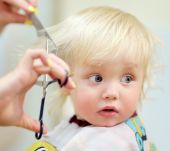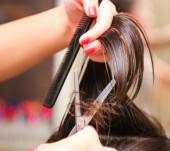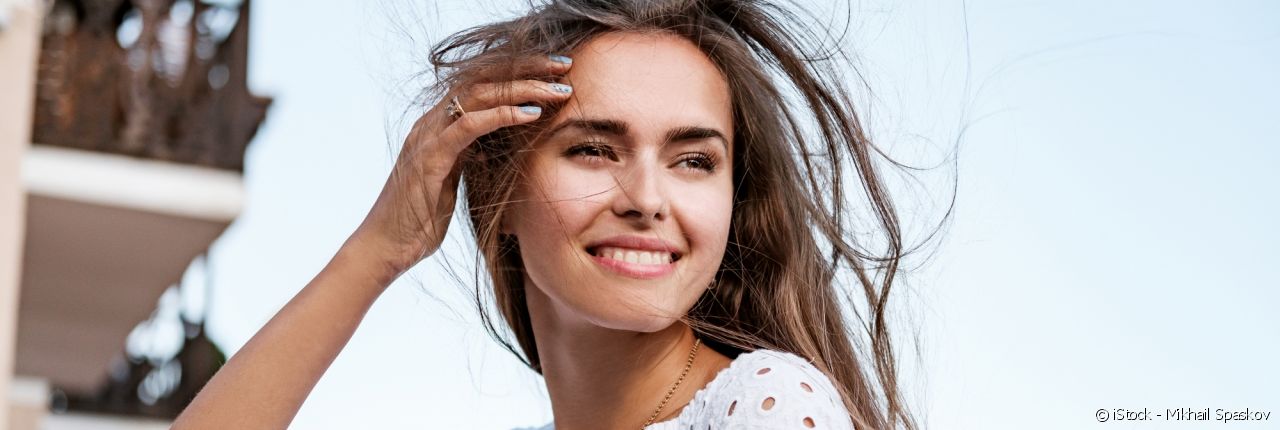
Help! My hair always looks tangled
Do you have the feeling that your hair always looks a mess? Here is all you need to know to get rid of the tangles.
Why does hair become tangled?
There are two main reasons for tangles that keep reappearing. Tangles appear either because you have long hair and / or because your hair is fine, in which case the strands twist themselves together with each movement. Or perhaps because your hair is sun-damaged. Dry and porous hair then takes on the well-known ‘fluffy’ look: it forms frizz that quickly turns into tangles.
How do you say goodbye to tangles?
With a cut and / or hair care regime
Yes! If you have long hair, head to your hairdresser’s for a trim of the ends and a leave-in haircare treatment. This will allow your locks to stay smoother and less prone to getting tangled. Ideally you should do so on a regular basis.
If your lengths are damaged, the priority should be to repair your hair. Go for repair shampoos and masks as well as detangling products. They act in synergy to moisturise your locks, smooth the hair fibre and build up strength to prevent those tangles.
With the right everyday routine
In addition to haircare products, get yourself into the right habits. This starts with regular brushing that eliminates the first sign of tangles forming and prevents them from developing any further. Also, don’t forget to tie your hair up to avoid tangles caused by the rubbing of your strands against clothes, the pillow or your shoulders, if your hair is long. A simple braid is enough to say goodbye to them. Some habits should also be banished from your hair care regime. Stop rubbing your locks with a towel after shampooing and drying your hair in all directions with the hair dryer, as these habits promote knots!
You would also like...
-
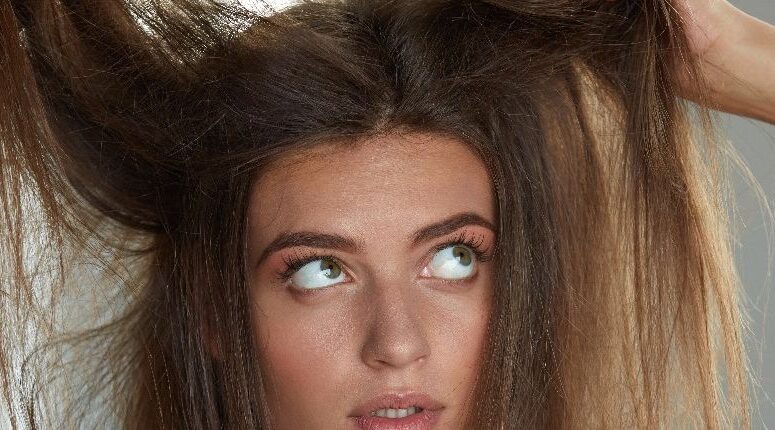 Damaged hair
Ten common misconceptions about dry hair
Is dry hair making your life difficult? To make matters worse, when you try and treat your lacklustre straw-like locks, you are not always given correct advice. To help you tackle the problem, here are…
Damaged hair
Ten common misconceptions about dry hair
Is dry hair making your life difficult? To make matters worse, when you try and treat your lacklustre straw-like locks, you are not always given correct advice. To help you tackle the problem, here are… -
 Damaged hair
What is your hair type?
Lacklustre locks, excess sebum, dry tips. To treat your locks with a targeted haircare regime, the first step is to determine your hair type. Here are three criteria for a quick assessment. First criteria: The…
Damaged hair
What is your hair type?
Lacklustre locks, excess sebum, dry tips. To treat your locks with a targeted haircare regime, the first step is to determine your hair type. Here are three criteria for a quick assessment. First criteria: The… -
 Damaged hair
Wearing headphones: what effects does it have on your hair?
Music lovers take note: your trusty music accessory is not without risks for your locks. What are the hair issues that you may encounter when you wear headphones, and what should you do to avoid…
Damaged hair
Wearing headphones: what effects does it have on your hair?
Music lovers take note: your trusty music accessory is not without risks for your locks. What are the hair issues that you may encounter when you wear headphones, and what should you do to avoid… -
 Damaged hair
Split ends: persistent preconceived ideas
Dry, damaged tips: you think you know everything about split ends but these strands split in two have created some stubborn preconceived ideas. We take a closer look. 1. Split ends can be repaired with…
Damaged hair
Split ends: persistent preconceived ideas
Dry, damaged tips: you think you know everything about split ends but these strands split in two have created some stubborn preconceived ideas. We take a closer look. 1. Split ends can be repaired with…
Not to be missed
-
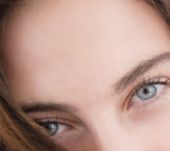 Damaged hair Hair: how to prepare for seasonal hair loss
Damaged hair Hair: how to prepare for seasonal hair loss -
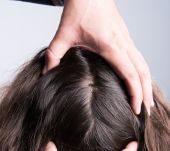 Damaged hair Dry scalp: consequences and solutions
Damaged hair Dry scalp: consequences and solutions -
 Damaged hair What are the no-poo and low-poo trends?
Damaged hair What are the no-poo and low-poo trends? -
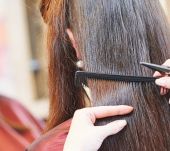

 France
France
 Spain
Spain
 Italy
Italy
 Polska
Polska
 Portugal
Portugal
 Mexico
Mexico
![[EN] Jean Louis David [EN] Jean Louis David](https://www.jeanlouisdavid.us/app/themes/jld/dist/images/svg/logo-jean-louis-david.svg)

